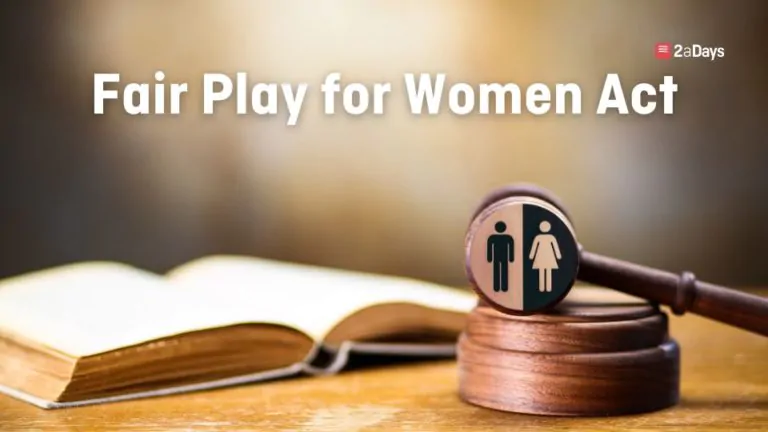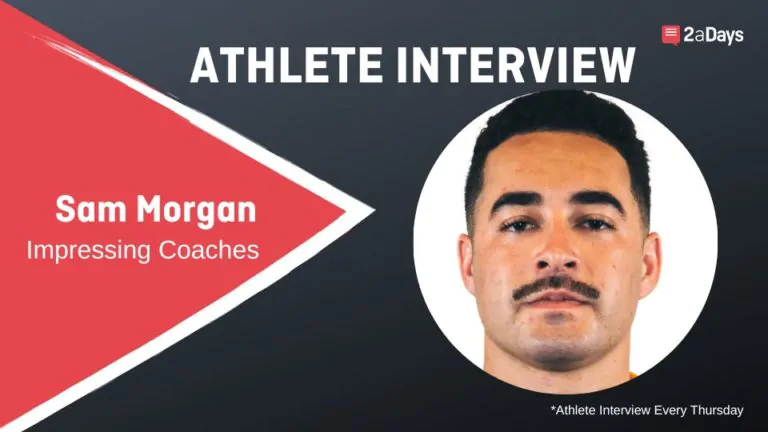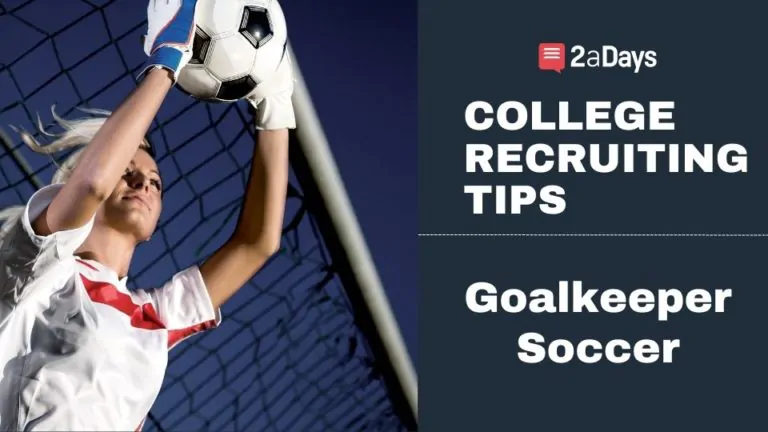Title IX is a law that prohibits sex discrimination on college campus. Under Title IX, any school that accepts federal funding must allow women the same opportunities as men. The effects of Title IX greatly helped bring more funding to women's sports. Since the enactment of Title IX in 1972, opportunities for women's sports have grown–In the year before Title IX was enacted, there were just short of 300,000 participants in women's sports. Now, there are 3 million additional sport opportunities for high school girls. Data from the 2018-2019 school year show that there were about 3.4 million girls participating in high school sports. Colleges also saw the number of participation grow as a result of Title IX: the population of just under 30,000 female college athletes in 1971 has grown to over 215,000 female college athletes in 2020–roughly half of all college athletes.
Related: Looking Back on 2022: Title IX Turned 50 But Progress is Still Needed
Title IX also mandated that women enjoy the same opportunities afforded to men, meaning that men and women athletes should have equal access to facilities, training staff, equipment, and coaching. Greater resources invested in women's athletics creates a more genuine experience for these athletes and Title IX also gives greater visibility to women's sports. Women received only around 2 percent of overall funding before Title IX was enacted with no athletic scholarships. There is still unequal funding and participation rates in college athletics today, but there has been progress made.
Participation rates among women were also drastically lower than men's participation rates: about 294,000 girls were playing high school sports in 1971, compared with 3.7 million boys. Now, there is only a six percentage point difference in women and men participation in Division I sports.
The benefits of Title IX can be seen in real time when tracking women's Olympic teams. In the 2016 Olympic games at Rio De Janeiro, Brazil saw the largest number of female athletes on Team USA–a total of 292 female athletes compared to 90 in 1970. American women dominated the 2016 Olympics, thanks in large part to Title IX, which carved pathways for these women to continue their athletic careers through high school and college.
Related: What is Title IX?
Progress Has Been Made (But We Need More)
The progress made by Title IX is great, but there is much more to do in the upcoming years. In fact, Title IX legislation falls short in many different ways. A report by the NCAA shows that Division 1 athletic programs spend on average three times more on men's athletics than women's. The Same report found that the NCAA spent $4,285 for each men's Division I and national championship participants, excluding basketball. For female participants, the NCAA spent about $1,700 less per athlete that same 2018-19 season. The report concluded: “The NCAA's simultaneous failure to put in place systems to identify, prevent, and address gender inequities across its championships has allowed gender disparities in these and other sports to persist for too long.”
Additionally, there needs to be more opportunities for women in high school, particularly women of color. According to the American Association for University Women, while girls overall have 1.2 million fewer chances to play high school sports than boys, “less than two-thirds of African American and Hispanic girls play sports, while more than three-quarters of white girls do.”
Related: Rate your Coaches, Facilities, and Campus Visits
Overall, Title IX is the single most important legislation surrounding college athletics. It has leveled the playing field and created more opportunity for women to participate and enjoy success in athletics. But the current inequality in college sports is inexcusable for the NCAA. Although not legally held to Title IX standards, the NCAA should be an organization that protects the rights of college athletes–roughly half of whom get very different experiences based on gender.
Have an idea for a story or a question you need answered? Want to set up an interview with us? Email us at [email protected]
* Originally published on March 23, 2023, by Ryan Wiley







